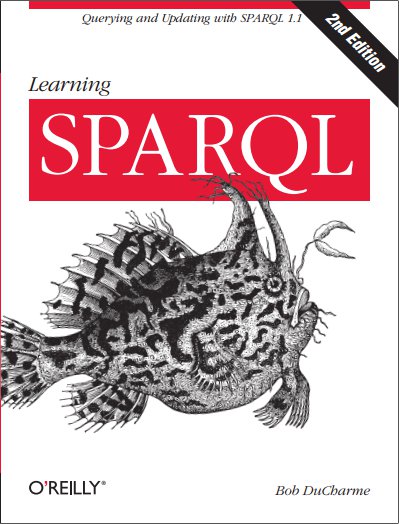For a long time I’ve thought that it would be fun to use SPARQL queries of Wikidata to create music playlists that can be played back. While researching last month’s blog entry Use SPARQL to query for movies, then watch them I learned about the P724 Internet Archive ID property, and that turned out to be an excellent hook for finding Wikidata audio recordings that we can listen to.
I recently learned about WikiFlix, which lets you search for streamable movies on the Internet. It was assembled by Sandra Fauconnier and Magnus Manske. (Magnus played a major role in developing MediaWiki, which I’ve blogged about several times.) Sandra has provided some good background on the history and goals of WikiFlix on Wikimedia.
Wikipedia describes the Billboard Hot 100 as “the music industry standard record chart in the United States for songs, published weekly by Billboard magazine. Chart rankings are based on sales (physical and digital), online streaming, and radio airplay in the U.S.” A song that ranks highly there is a hit song (in the U.S.) by definition. The data goes back to the beginning of the chart’s history in 1958, when Rick Nelson’s Poor Little Fool was the number one song.
I recently did a review of options for creating visual representations of RDF data. I didn’t just want a general visualization tool, but something that understood RDF enough to represent class instances and literal values differently. I will emphasize instances because several tools out there can read RDF schema or ontologies and create a visualization of classes and their relationships and potential properties, but I want to see instances with their property values.
I’ve understood SPARQL’s property path features well enough to demo them in the “Searching Further in the Data” section of my book Learning SPARQL. (See example files ex074 - ex085.) To be honest, I have very rarely used them in actual queries that I’ve written. I’ve only just realized how the property path slash operator can help with a pattern that I have used in a large percentage of my queries. It makes these queries more concise and removes at least one…
In my last blog entry I discussed various ways that different RDF datasets assign human-readable labels to resources, with the rdfs:label property being at the center of them all. I mentioned how schema.org doesn’t use rdfs:label but its own equivalent of that, schema:name, which its schema declares as a subproperty of rdfs:label. Since I wrote that, Fan Li pointed out that Facebook’s Open Graph protocol also has their own equivalent: og:title, which you can see used in the HTML…


